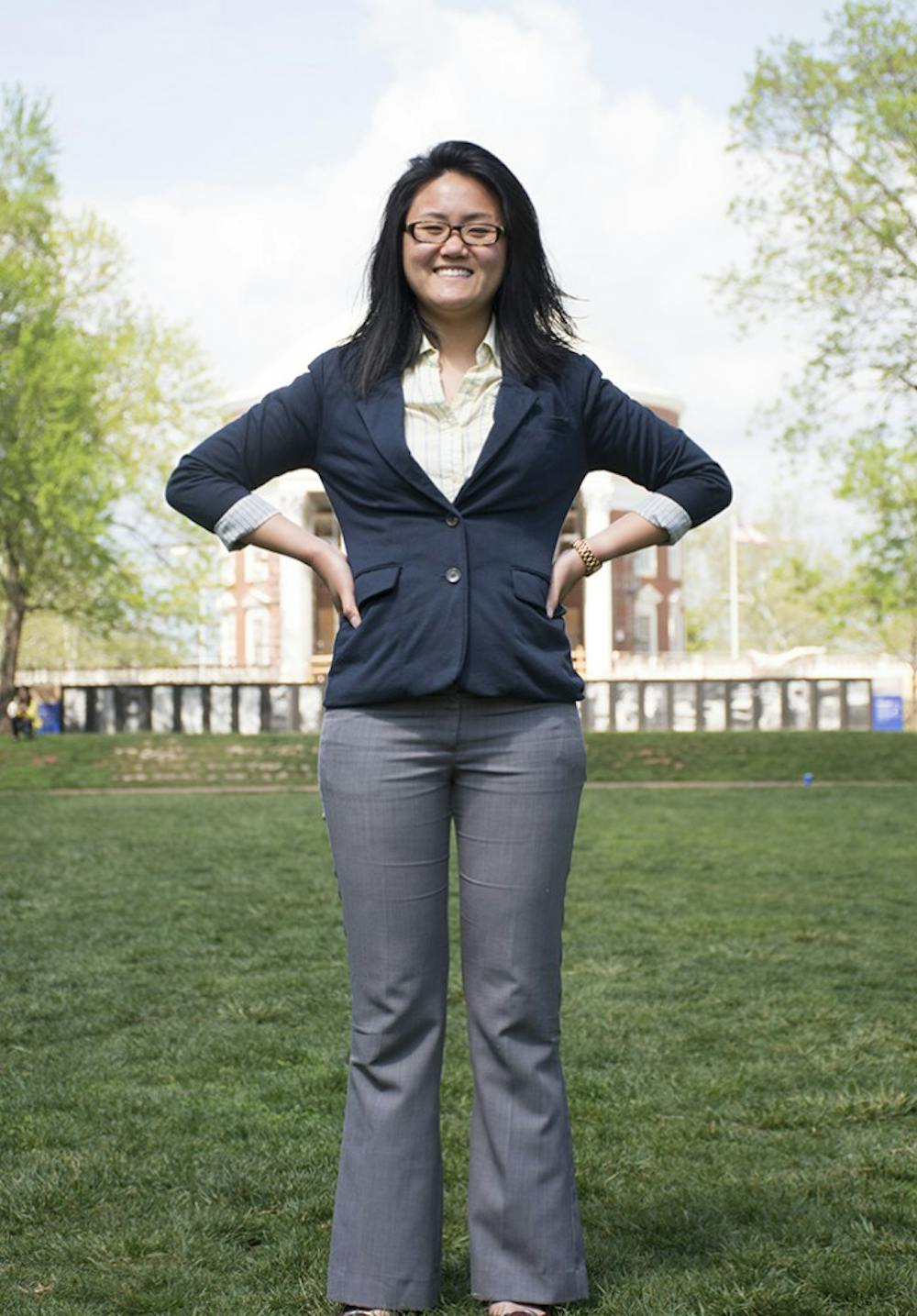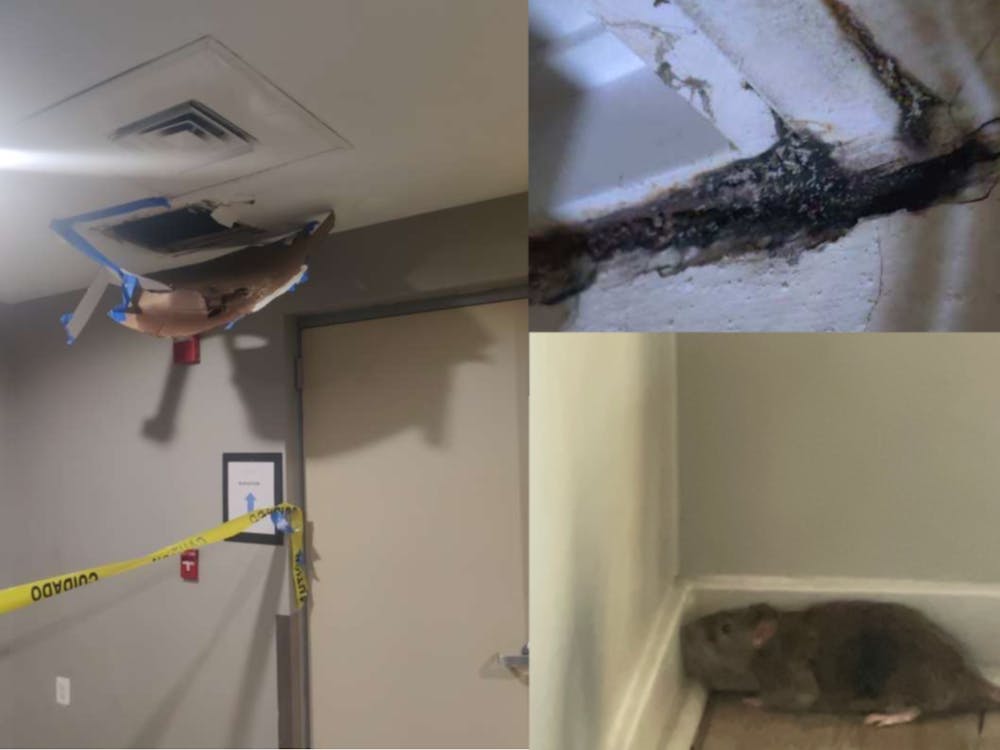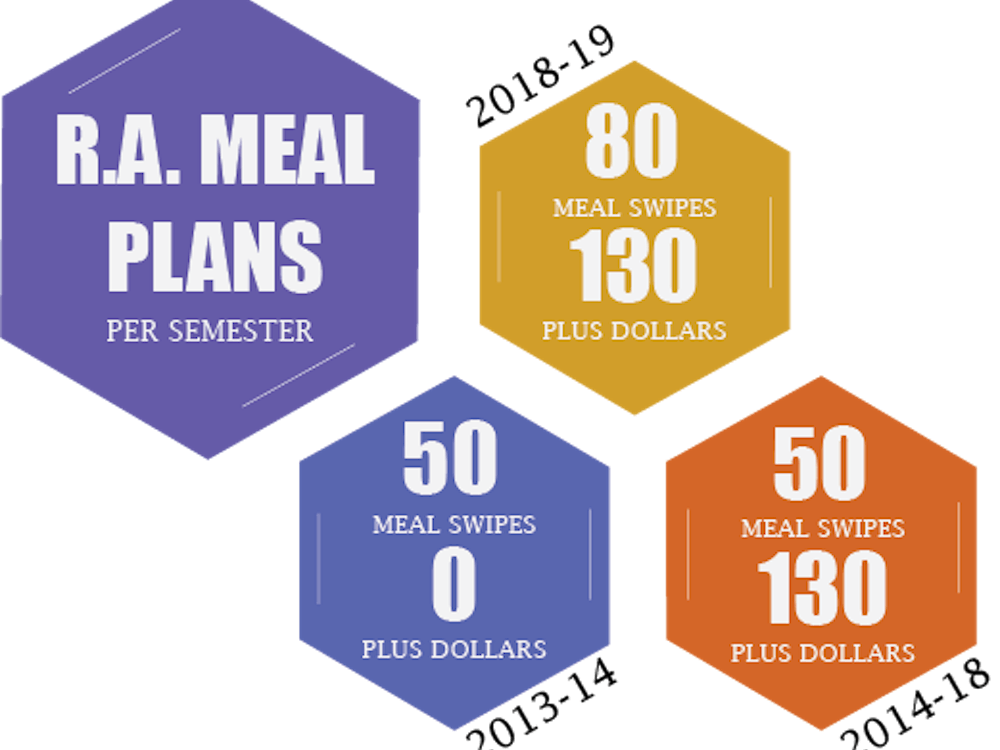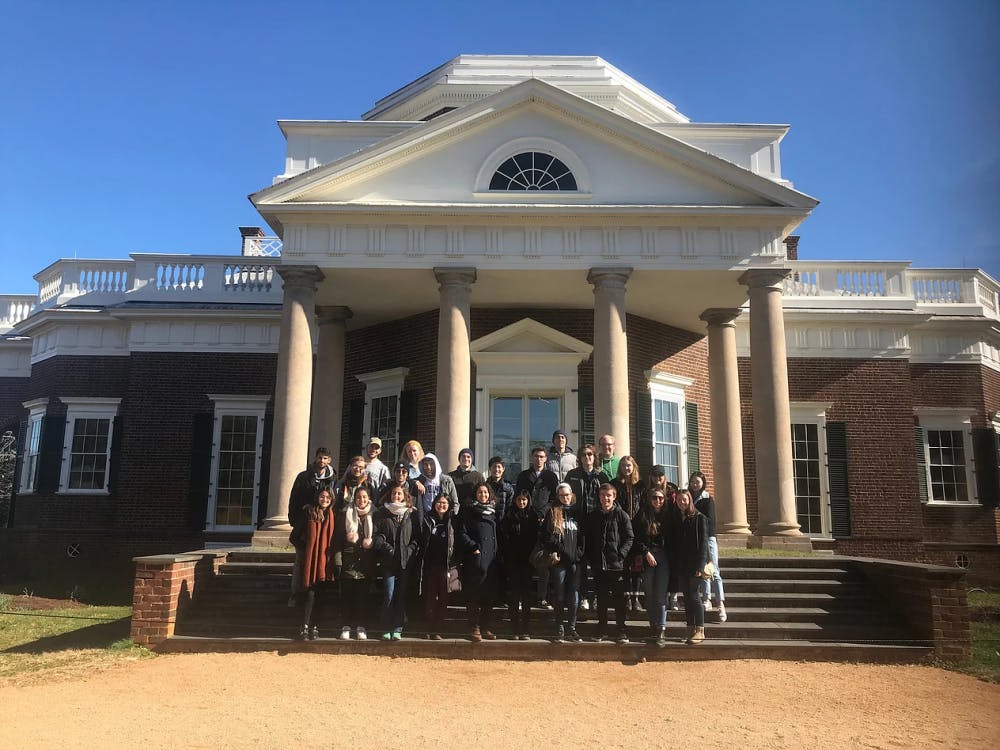As the demographics of college undergraduates continue to evolve, more non-traditional students are pursuing higher education. In 2011, the National Center for Education Statistics estimated 38 percent of students in higher education were over the age of 25, and this percentage of students is projected to increase another 23 percent by 2019. Over a quarter of undergraduates now have children, many are older than 18 to 22 years old and more veterans are attending school using benefits from the GI Bill after serving in the military.
NCES also reported that non-traditional students face higher levels of attrition and greater amounts of undergraduate debt than regular students. Non-traditional students are also disproportionately women of color and first-generation college students, according to data from the Institute for Women’s Policy Research and NCES.
The students pursuing higher education grow more diverse each year, and schools are looking for ways to better fit the needs of these non-traditional students. The University is no exception to this effort.
Who are non-traditional students?
Like many University students, Annie Miao, a College student, dreamed of going to college when she was 17 years old. Little did she know, it would take her 10 years to reach this goal.
Miao’s plans for her future changed drastically during her junior year of high school when her father died unexpectedly of a heart attack, leaving Miao and her family without financial support.
“It was very hard on me and my family — emotionally, financially,” Miao said. “I also fell into depression … imagine having this future planned out for yourself and then your trajectory has to change overnight.”
Miao dreamed of attending a prestigious school in California and using college as an opportunity to get away from home. However, she found herself working to support her family and attending a local community college to save money after her father’s death.
Mary St. Julien, another College student, always knew she would not follow the traditional college path.
“I was paying for college myself, and I was in a nursing program my senior year of high school,” St. Julien said. “So I was going to go to nursing school, make some money and then go to U.Va.”
After studying nursing at her local community college, St. Julien transferred to the University, a common step for many non-traditional students.
“The transfer community is often a forgotten community,” St. Julien said. “I came in my third year. It’s been difficult, academically, to transfer in my third year when for most people … you have to decide your major, you’re taking upper-level classes.”
In addition to finishing her degree in sociology before heading to medical school, St. Julien commutes home to Stafford every other weekend to see her husband and their 5-year-old son.
“It’s very difficult, especially since my son is so young, to not be able to tuck him in every night or be there every day. That kind of sucks,” St. Julien said. “But I know that I’m setting us all up for a better future. So that's the only thing that gives me peace and that also makes me work harder because I know I’ve sacrificed a lot to be here … It also makes me enjoy the moments I have with them even more.”
College student Catherine Tatman, another non-traditional University student and community college transfer, is a full-time mom and has attended classes at the same time as her children.
“[My kids] would come and have lunch with me,” Tatman said. “It was just adorable. They were so supportive of me.”
Tatman served in a variety of roles before going back to school, including working as a computer programmer, army officer wife, a professional volunteer and the owner of a certified organic farm in central Virginia.
“I tried to sell the farm and go back to school … that very physical farming aspect is now very cerebral, it’s very academic,” Tatman said. “I can’t believe I’m writing term papers and research papers [and] taking finals.”
Serving non-traditional needs
The School of Continuing and Professional Studies, one of the first institutions for non-traditional students in Virginia, started as the Bureau of Extension at the University in 1915.
Interim Dean of SCPS Steve Laymon said it is crucial to provide education for non-traditional students.
“Many factors are contributing to the need for non-traditional programs,” Laymon said in an email statement. “Combining work with school is challenging, and flexible schedules and online classes help with that. Active duty military personnel can take our classes, even as they are moved around across the globe.”
Sarah Buchanan, an SCPS graduate who now works as an aesthetician at Oasis Day Spa, left Bard College after two years of traditional college in order to attend skincare school. She eventually went to community college and transferred to the University.
A Charlottesville native, Buchanan said she knew she wanted to come back to her hometown and take advantage of the high quality of education found at the University. However, she was unable to enroll in the College, as it prohibits students from taking fewer than 12 credits.
“[SCPS] was the only option for somebody who needs to work and go to school,” Buchanan said. “You can’t really do the traditional college, [work] functions on a traditional schedule … There’s no way to work with U.Va. as somebody who really has to have a job.”
Buchanan said the hardest part about her non-traditional education was not being able to take classes in different majors or departments, as the SCPS offers one degree — a Bachelor of Interdisciplinary Studies.
“As a non-traditional student attending U.Va. part-time, you have to attend SCPS, because then you have to get the interdisciplinary degree,” Buchanan said. “That’s limiting and things don’t build on themselves in the same way … I feel like I was able to pull things together in a way that suited my interest, so that worked for me, and then also I didn’t have any plans to use it for a particular career path.”
The lack of academic variety is a concern for SCPS administration as well. Laymon said the school is moving toward adding majors or concentrations to its undergraduate degrees.
“Students can concentrate in Business now in the Bachelor of Interdisciplinary Studies, but in the future they can also concentrate in Health Care Management and Information Technology and Human Resources,” Laymon said. “The idea is to give students the chance to combine all the benefits of a rigorous liberal arts education with a concentration in a technical or applied field.”
Buchanan also said the classes were not always as academically challenging as those she took in the College.
“Professors were often adjunct, they weren’t necessarily U.Va. professors, which was sometimes great, but in other cases it felt like … they didn’t always represent the level of expertise that you felt you might have gotten from the set of professors that are orienting you towards a major and the tenure-track professors,” Buchanan said.
Only 15 percent of faculty at SPCS are University resident faculty — the rest are adjunct.
“They are non-tenured, but have rank just like faculty members elsewhere on Grounds,” Laymon said. “They prioritize teaching. Teaching adults and non-traditional learners requires considerable skill. In a few cases we also partner with other schools on Grounds and use their faculty for some programs.”
Challenges faced by non-traditional students
Non-traditional students do not necessarily experience an easy transition to the University, and many be met with judgment from their peers.
“[Other students] would judge me and think that I was too stupid to come into college at 17, [so] there must be something wrong with me developmentally or mentally,” Miao said.
Tatman also described the difficulties of identifying as a non-traditional student.
“The perception of myself by other students and faculty and [the] administration is that they don’t see me as a student,” Tatman said. “I am almost without exception — until I’ve been introduced and gotten to know someone — assumed to be a parent or a faculty member.”
Within SCPS, Buchanan often sensed a disconnect between regular and non-traditional students.
“Because of the way that U.Va. — in some ways out of necessity — has siphoned off their non-traditional students, if you cannot go to U.Va. full-time, since [the school] schedule is so traditional and so geared towards the full-time student, you can’t really integrate,” Buchanan said.
Despite the challenges non-traditional students face, Miao said going to school at an older age gives her a unique perspective.
“As you get older you tend to develop a stronger sense of self,” Miao said, “and a lot of the insecurities I had when I was younger, I’m happy to say I no longer have or at least not to the same degree I used to have.”
Miao said she can now focus on developing herself in other ways throughout college.
“Having worked first and knowing what the real world is like and what the real-world entails … gives [me] a different perspective in how I look at education now,” Miao said. “It gives me a newfound sense of appreciation for education.”
Correction: This article previously inaccurately listed Annie Miao, Mary St. Julien and Catherine Tatman as students in the School of Continuing and Professional Studies.





